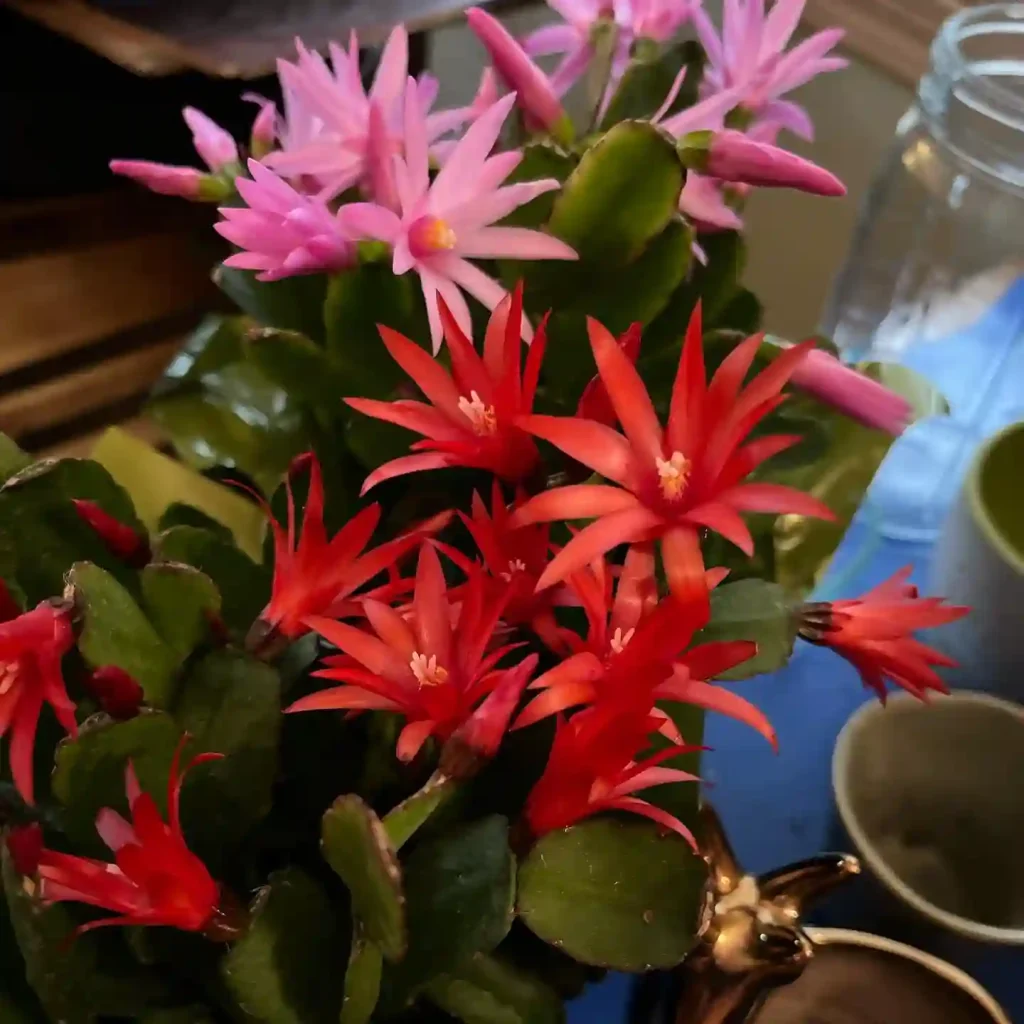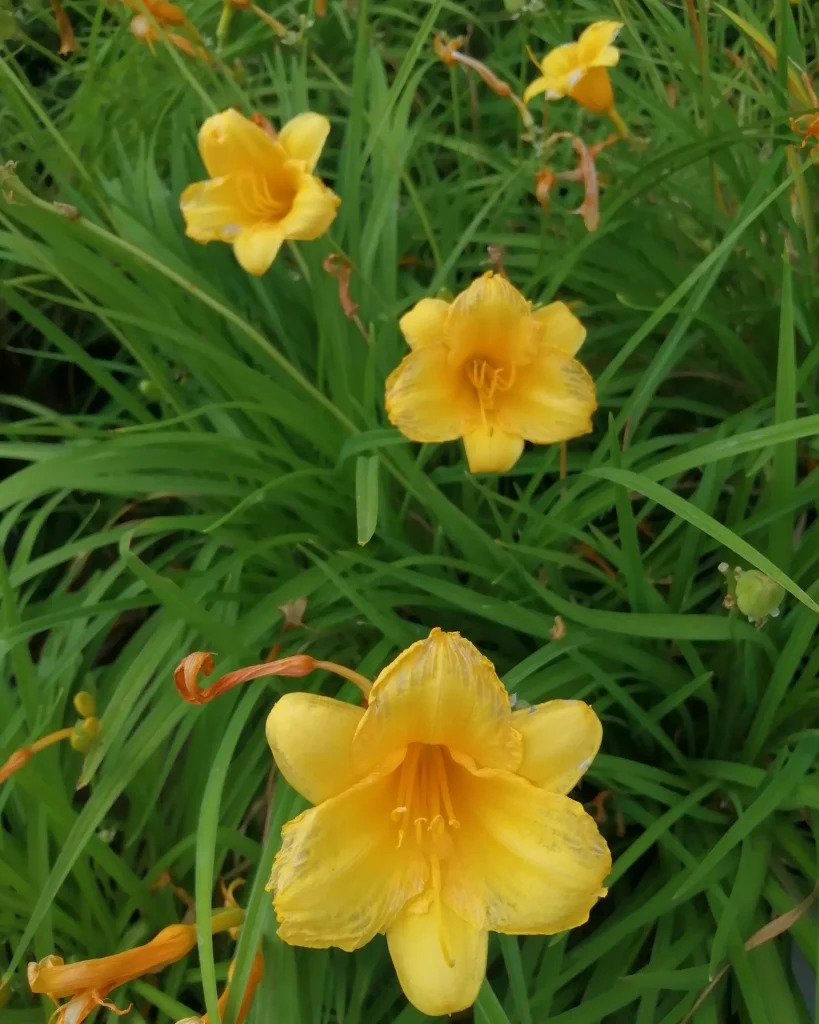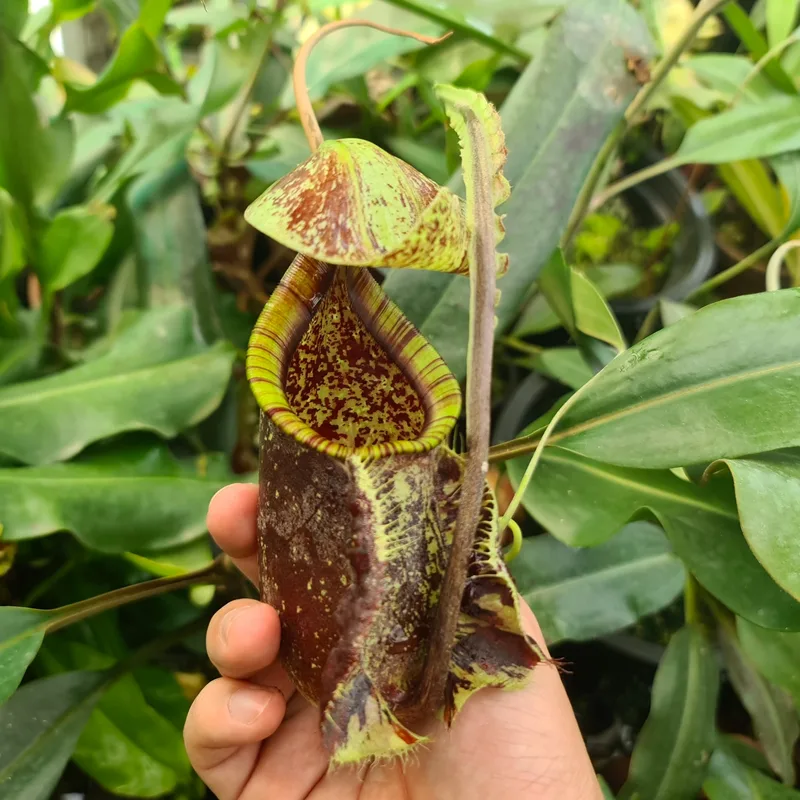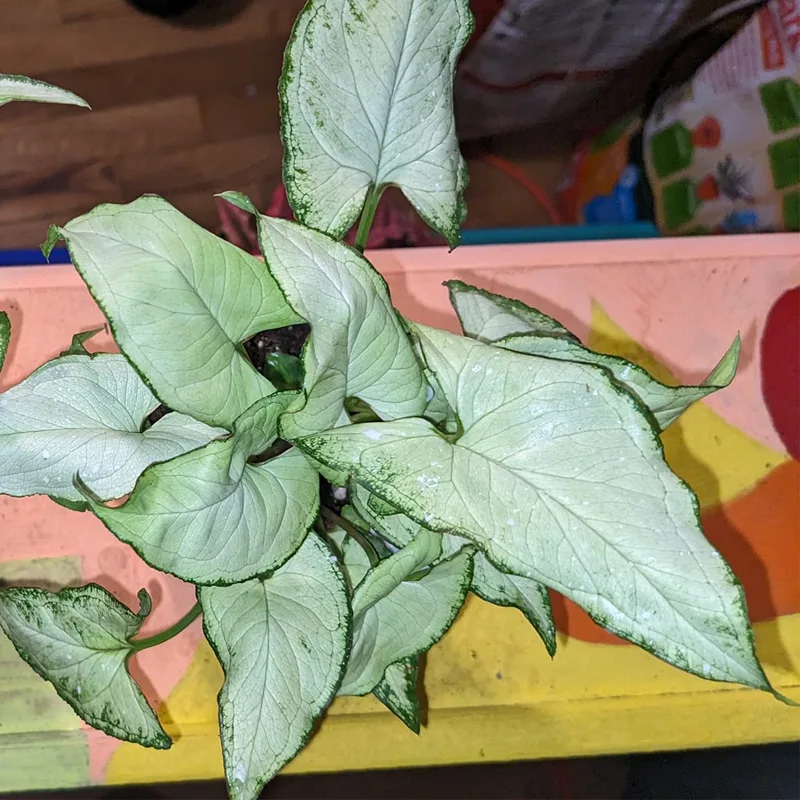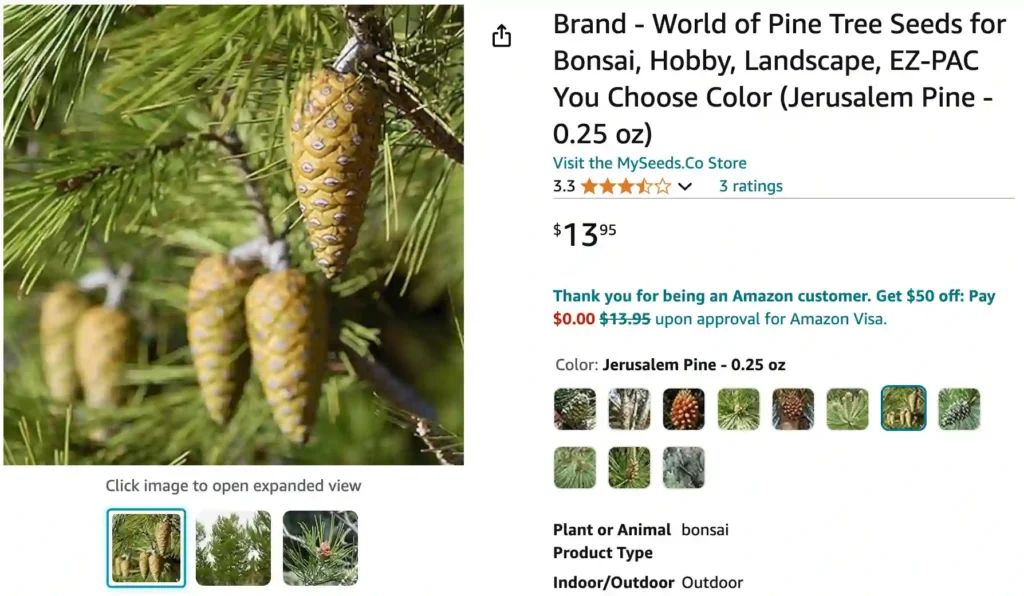
The Resilient Aleppo Pine: A Gardener’s Guide
The Aleppo pine, with its windswept silhouette and fragrant needles, has captivated me for years. As a gardener in a hot and dry climate, I’m constantly on the lookout for plants that thrive in these conditions. The Aleppo pine not only survives but flourishes in such an environment, making it a fascinating and valuable addition to any landscape. In this article, I’ll share my experience and knowledge about this remarkable tree, answering all your questions:
What is the Aleppo Pine?
The Aleppo pine (Pinus halepensis) is a resilient conifer native to the Mediterranean region. Often referred to as the Jerusalem pine, it thrives in hot, dry climates and can withstand harsh conditions like frequent wildfires. This adaptability has made it a valuable tree for erosion control and reforestation efforts in arid areas.
What Does an Aleppo Pine Look Like?
The Aleppo pine is a small to medium-sized evergreen tree, typically reaching heights of 15-25 meters (49-82 ft) with a trunk diameter of up to 60 centimeters (24 inches). Its most striking feature is its crown, which can be irregular and broad, with branches spreading outwards. The bright green needles, 6 to 12 cm long, are paired and slightly curved, adding a touch of texture to the foliage. The cones, a defining characteristic of pines, are asymmetrical and point backward, unlike some other pine species.
Aleppo Pine vs Stone Pine
The Aleppo Pine has a more delicate, airy appearance in my garden, while the Stone Pine’s robust silhouette adds a timeless Mediterranean charm that I adore.
Afghan Pine vs Aleppo Pine
Growing both Afghan and Aleppo Pines side by side, I found the Afghan Pine’s dense foliage provides better privacy and wind protection compared to the Aleppo Pine, which has a more open structure that lets in more light.
Italian Stone Pine vs Aleppo Pine
I love the Italian Stone Pine for its distinctive umbrella-like shape and the way its cones add a rustic touch to my landscape, contrasting with the more slender profile and softer needles of the Aleppo Pine nearby.
How to Identify an Aleppo Pine?
If you encounter a pine tree in a hot and dry region with the following features, you might be looking at an Aleppo pine:
- Needle characteristics: Bright green, paired needles, 6-12 cm long, slightly curved
- Crown: Irregular, broad, with spreading branches
- Cones: Asymmetrical, pointing backward
For a definitive identification, consulting a local nursery or arborist is always recommended.
How Big Do Aleppo Pines Grow?
Aleppo pines are considered small to medium-sized trees, with an average height of 15-25 meters. They can reach a maximum height of around 30 meters in ideal conditions. Their trunk diameter typically falls within the range of 30-60 centimeters.
How Long Do Aleppo Pine Trees Live?
These hardy trees are known for their longevity. Under favorable conditions, Aleppo pines can live for several centuries, with some specimens exceeding 300 years old. Their resilience to drought and fire contributes to their long lifespan.
How Much to Water Aleppo Pine?
One of the most attractive qualities of the Aleppo pine is its drought tolerance. Once established, mature trees require minimal watering, even in hot and dry climates. However, young trees benefit from regular watering during their first few years to help them establish a strong root system.
How to Care for Aleppo Pine?
Aleppo pines are relatively low-maintenance trees. Here’s a basic care guide:
- Watering: Young trees – regular watering during the first few years, mature trees – minimal watering needed.
- Sunlight: Full sun exposure is ideal.
- Soil: Well-drained, sandy or rocky soil is preferred.
- Pruning: Occasional pruning can be done to maintain desired shape and remove dead branches. (We’ll cover pruning in more detail later)
- Fertilization: Not usually necessary, but a light application of fertilizer in early spring might be beneficial for young trees.
How to Grow Aleppo Pine?
There are two main ways to cultivate Aleppo pines:
- Planting from seedlings: This is the most common method. Purchase healthy seedlings from a reputable nursery and plant them in a suitable location following proper planting techniques.
- Growing from seed: While possible, propagating Aleppo pine from seed requires patience and specific techniques. We’ll explore this method in more detail in the next section.
How to Grow Aleppo Pine from Seed?
Growing Aleppo pine from seed is a rewarding experience, but it takes longer than planting seedlings. Here’s a basic process:
- Collect mature cones: Look for cones that have begun to open and release seeds in late fall or winter.
- Extract seeds: Carefully dry the cones to release the winged seeds.
- Stratification: To improve germination success, stratify the seeds by keeping them cold and moist for several weeks. Consult resources for specific stratification techniques for Aleppo pine seeds.
- Planting: Sow the seeds in a well-draining potting mix and provide adequate moisture and light. Germination can take several weeks or even months.
- Transplanting: Once seedlings have established strong root systems, they can be transplanted into larger pots or directly into the ground in a suitable location.
Important Note: Germination rates for Aleppo pine seeds can vary. This method might require some experimentation and patience.
If i die, water my plants!
